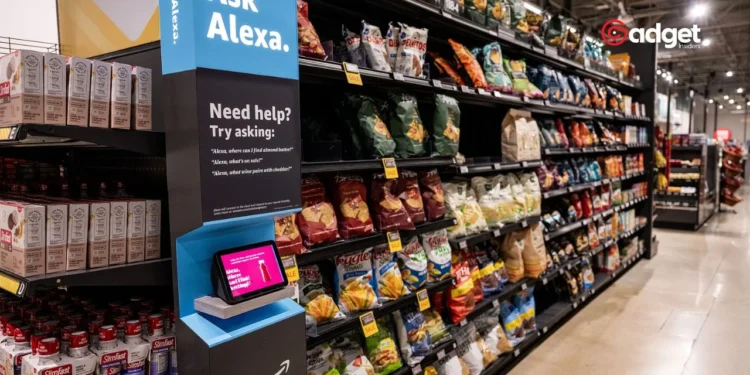In recent times, the average trip to the grocery store has become more than just an errand; it’s a stark reminder of the persisting high cost of living. As families navigate aisles filled with ever-pricier essentials, the question on everyone’s lips is: Why are groceries so expensive? Moreover, is there a light at the end of this financially burdensome tunnel?
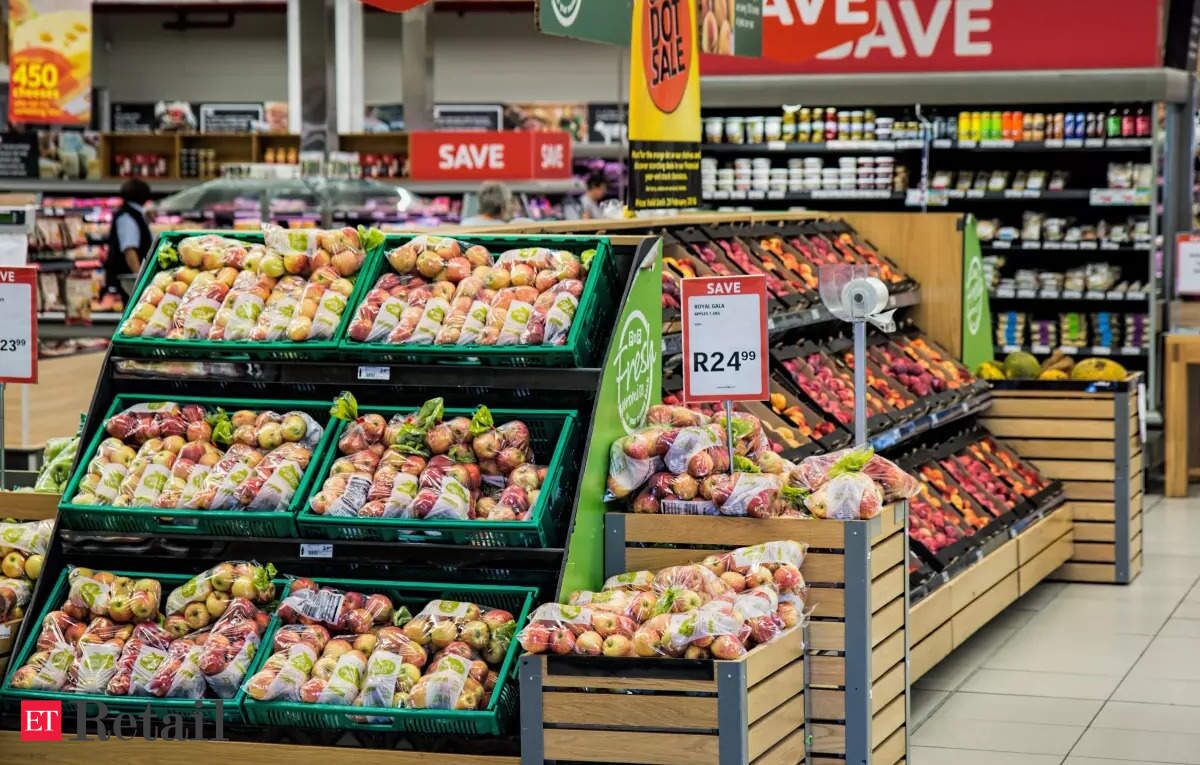
The Soaring Cost of Living and its Culprits
The surge in grocery prices is not a mere coincidence but a consequence of several factors intertwined with global economic dynamics. According to Senator Elizabeth Warren, during a recent Senate hearing, “Grocery prices skyrocketed during the pandemic, and in many cases, they’ve kept going up, even though the pandemic is over.” This statement captures the frustration of many consumers who notice weekly fluctuations in the prices of staples like chicken breasts and bread.
But what’s driving these price hikes? Senator Warren points fingers at corporate price gouging, suggesting that a few companies monopolize the food chain, thus inflating prices at will. In contrast, Senator John Kennedy attributes the inflationary pressure to government spending under President Joe Biden, emphasizing that “When you spend this kind of money, you’re going to have inflation.”
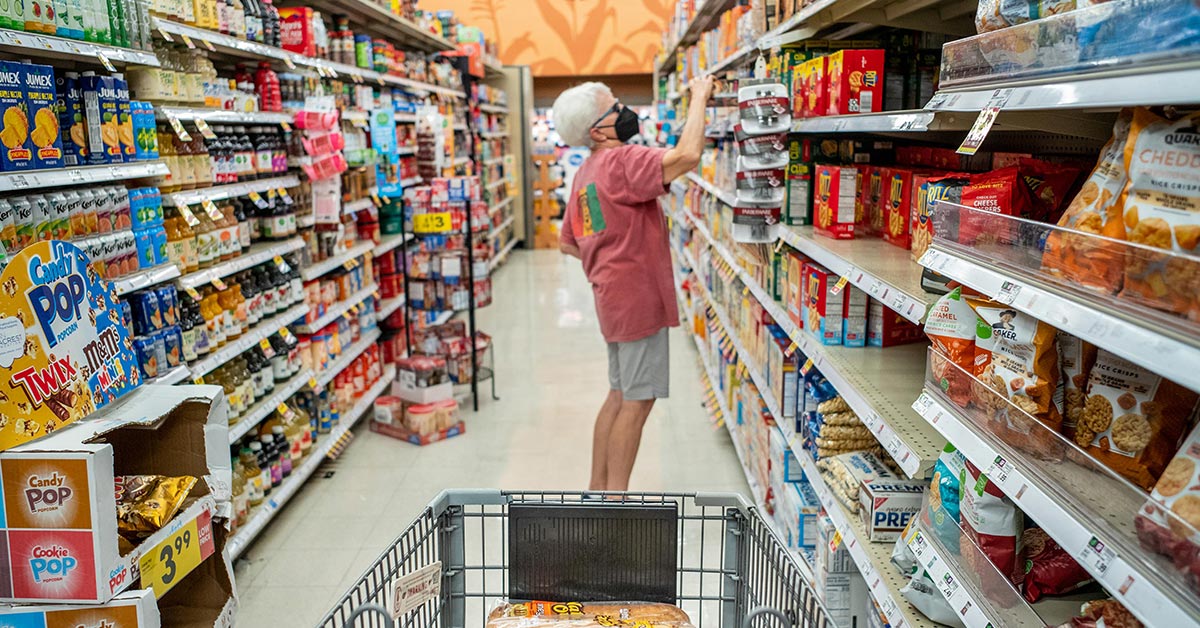
These opposing views highlight a critical divide in understanding and addressing the issue. While politicians debate, consumers feel the pinch.
A Glimmer of Hope for Grocery Shoppers?
Despite the grim outlook, there are indications that relief may be on the horizon. The consumer price index, a key measure of inflation, showed that the food index was flat in April compared to the previous month. Over the past year, while some items like apples and eggs have seen price reductions, others like juices and beef roasts have surged.
Trae Bodge, a smart shopping expert, optimistically notes, “I’m seeing a little bit of a light at the end of the tunnel, where it seems like the prices for some items are decreasing or flattening.” This sentiment is a welcome change for those who have faced continuous price increases.
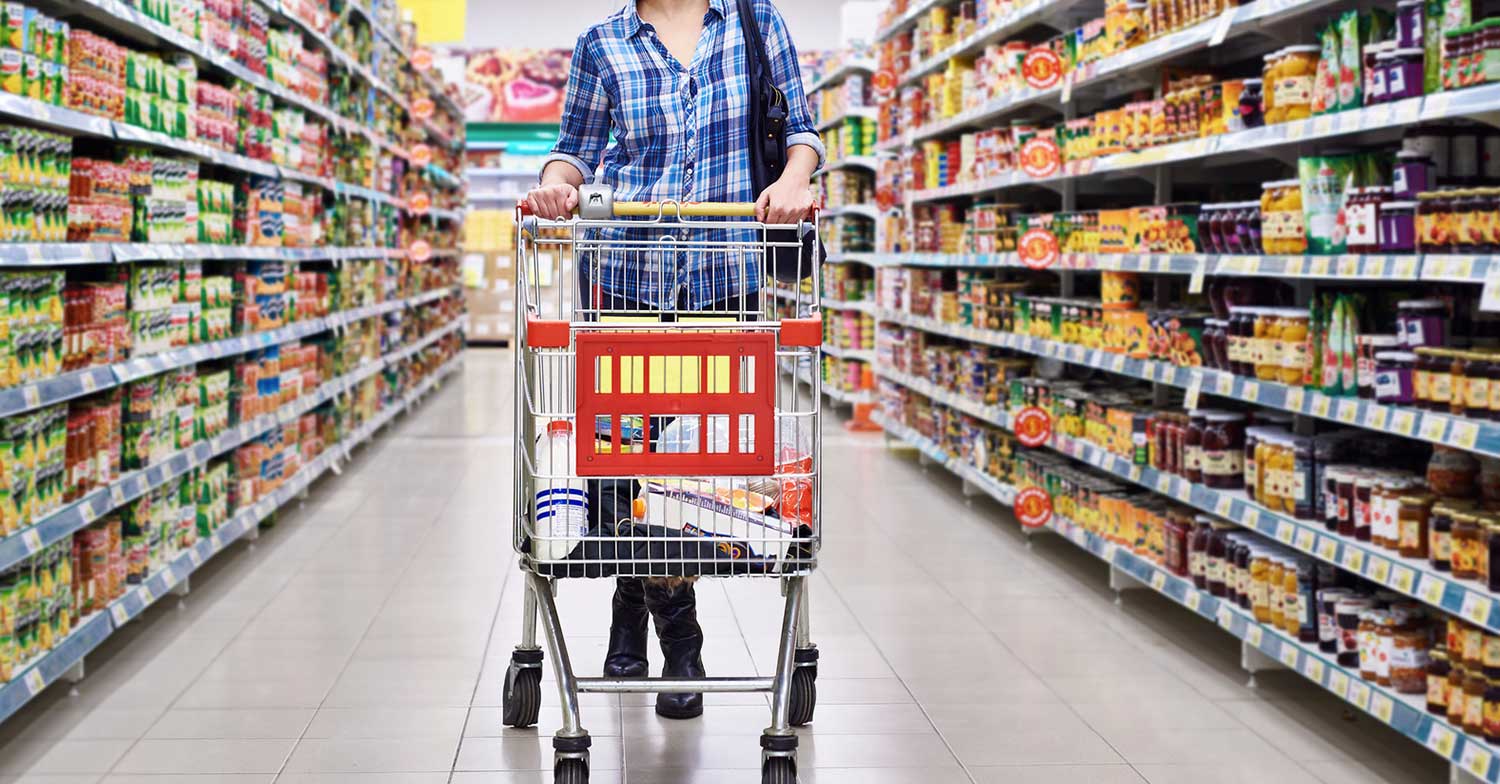
Strategic Shopping: Navigating Through High Prices
As households adjust to the new normal of high grocery costs, adopting strategic shopping habits becomes crucial. Trae Bodge suggests that shifting purchasing habits to more cost-effective options and taking advantage of loyalty programs can mitigate some of the financial burdens. For instance, opting for chicken over beef or dining at home rather than eating out can be beneficial.
Moreover, exploring different retailers, both online and in-person, can help capitalize on sales and find the best deals. Utilizing coupon sites like CouponCabin and apps like Flashfood that alert shoppers to overstocked grocery items can also lead to substantial savings.
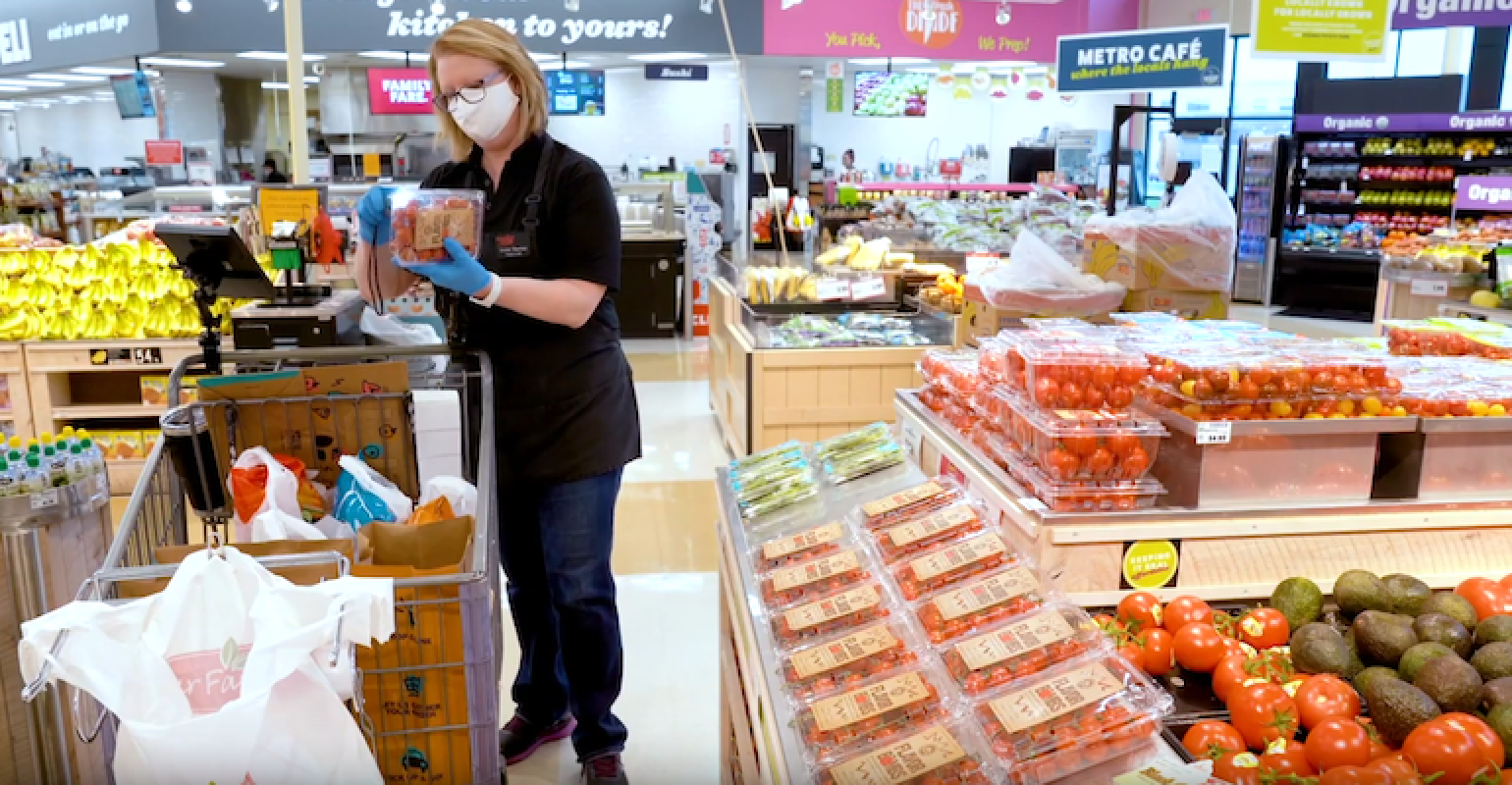
In Conclusion: A Call to Action for Consumers and Brands
While consumers adapt their shopping strategies, some brands are taking significant steps to ease the burden. For example, Target recently announced plans to lower prices on about 5,000 items, ranging from bread to meat. Fast food chains like McDonald’s and Wendy’s are adding lower-priced options to their menus in response to rising fast food costs.
The high cost of groceries is more than just an economic issue; it’s a societal one that affects everyday living. As we navigate through these challenging times, both strategic shopping and proactive measures from brands will be key to managing and hopefully overcoming this financial stress.

